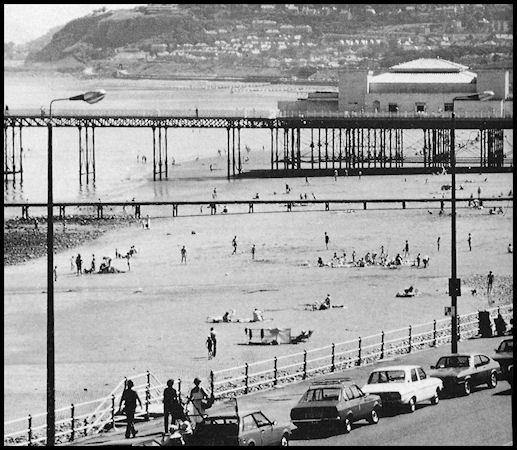An example of a cultural
landscape would be a 'sacred site,' often centrally located within the
community where religious and cultural rites occur. In a modern Western context,
the sacred site could be likened to the town-square or central plaza, or even
vast enclosed shopping malls such as Bluewater, which are often viewed as
non-places. When California-based artist Seyed Alavi, produced the
landscape-specific public artwork, 'Where is Fairfield?' (1995), he
designed part of the piece to occur at the local shopping mall because the high
school students he was working with felt that the mall was one of the most
important landscapes in Fairfield; it has its own theme park and a senior
citizen group regularly utilise the interior of the mall for walking. Teenagers
‘hang out there’ on a Saturday afternoon.
A valuable function of the metaphor of landscape is that it solidifies cultural memories of place in representational form and in material textures, which together form what we might call a `culture of landscape' studied under the heading of cultural topography. The experience, memory, or culture of a place can be re-presented through a culture of landscape. For example, memory is central to an understanding of the value of landscapes to migrant communities. Memory, along with the shifting contexts and sites of home, is a significant factor in shaping the nature of geographies of belonging, being, and desire. Therefore, whether nomadic or rooted, the cultural and social significance ascribed to any given landscape becomes part of the foundation for the structure of a community. In this connection we may particularly consider how white promoters of English rurality have ignored historical geographies of the black presence. The appreciation and claiming of English landscapes are continually presented through a notion of the `appropriate' culture of engagement with Englishness. These are expressed in the form of practices, visualisations, and a sense of the `proper' aesthetics and the `appropriate' nature of an `English body’ that belongs to that culture. In the context of diasporic bodies within England, pervasive relationships between landscapes and an assumed culture of Englishness define these bodies as ‘other’ within the English rural landscape. This, for example, figures British Asians as non-English in culture and in body, despite their long-established British citizenship based within Britain and British territories of colonial governance. Nevertheless, within the urban environment, globalisation and postcolonialisation migrations have created new cultural geographies in British cities. In creating these new urban geographies South Asian settlers transferred their own particular conceptualisations of space, built forms and functional requirements to the new context, modifying British urban forms to their own designs. These are the new urban cultural landscapes of memory, belonging.
http://www.edgehill.ac.uk/gber/pdf/vol3/issue2/Article5.pdf
